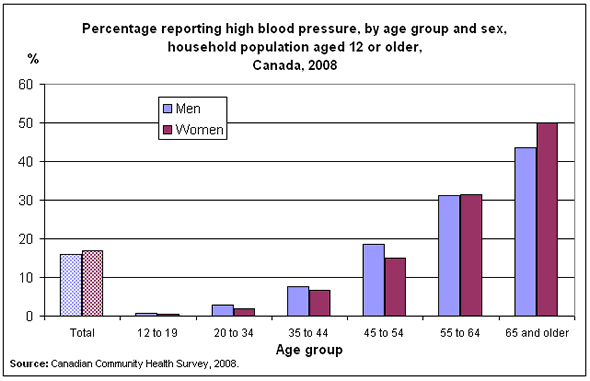
Heart attack and stroke related to high blood pressure are rare in children and adolescents. High blood pressure, or hypertension, directly increases the risk of coronary heart disease (heart attack) and stroke. According to the tables, if your adolescent has a blood pressure that is higher than 90% to 95% of other males or females his or her age and height, then he or she may have high blood pressure. A range of blood pressure values is given based on how old and how tall your child is.
Normal blood pressure range by age and gender series#
The National Heart, Lung, and Blood Institute (NHLBI) has prepared a series of age- and gender-specific blood pressure measurement tables for children ages 3 through 17 years, based on percentiles. Boys’ blood pressures are slightly higher than girls’, and taller people generally have higher blood pressures than short people. Generally, blood pressure is low in infancy, and rises slowly as children age. A teenager may have an acceptable blood pressure of 110/70, but that value would be of concern in a toddler. For example, an infant may have a quite normal blood pressure of 80/45, while that value in an adult is considered low. When is the blood pressure too high?īlood pressures vary depending on the age of your child, as well as according to his or her height, weight and gender.

This has been called “white coat hypertension.”īefore determining that your child has high blood pressure, a doctor or nurse will take several readings when your child is calm. Doctors are aware that any emotions related to visiting their office can affect blood pressure and may give falsely high readings.

The higher number, or systolic pressure, refers to the highest pressure inside the artery.Two numbers are recorded when measuring blood pressure:

Blood pressure, measured with a blood pressure cuff around an arm or leg, is the force of the blood pushing against the artery walls.


 0 kommentar(er)
0 kommentar(er)
